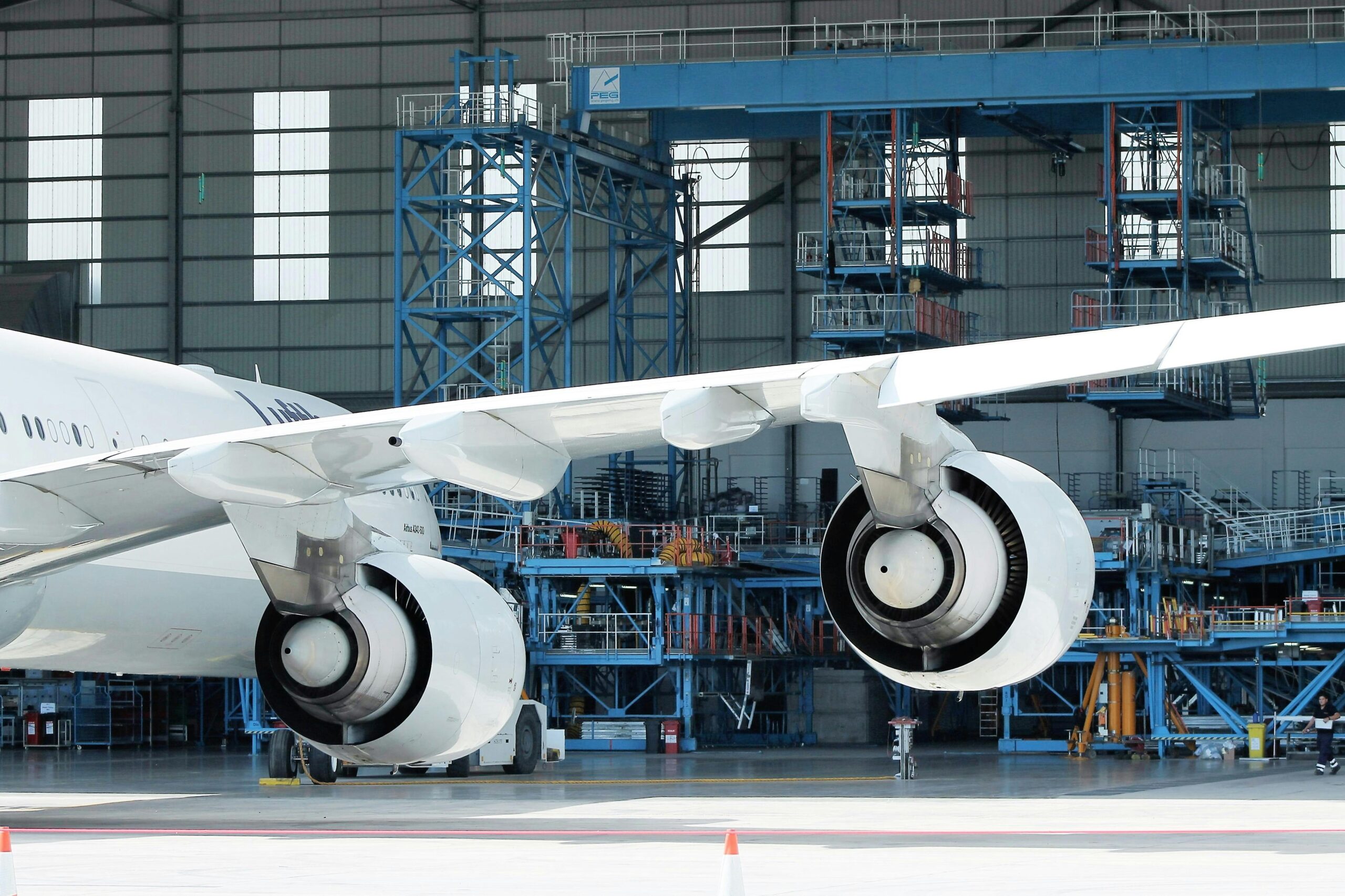Author: Bart A. De Muynck — Advisor, Avathon
The relentless pace of global commerce, amplified by unprecedented disruptions like tariffs, geopolitical shifts, and volatile consumer demands, has solidified supply chain agility as the ultimate competitive differentiator. What began as a simple quest for real-time visibility—a digital dot on a map—has rapidly evolved into a sophisticated pursuit of Decision Intelligence Platforms (DIPs) and, increasingly, their symbiotic partners: Decision Execution Platforms (DEPs). These two technological pillars are fundamentally reshaping how businesses navigate complexity, not just through insights but through automated action, paving the way for truly autonomous supply chains.
Decision Intelligence Platforms: The Brain of the Supply Chain
A Decision Intelligence Platform serves as the strategic brain of the modern supply chain. Its primary role is to aggregate, analyze, and transform vast, disparate datasets into actionable, intelligent insights that drive superior decision-making. Think of it as evolving through stages of maturity: from merely providing a basic network and data foundation, to offering basic analytics (“what happened”), then advancing to predictive analytics (“what will happen”), and finally reaching the prescriptive phase (“what to do”).
The value provided by DIPs is immense: they enable companies to anticipate every turn, mitigate exceptions, hit promise dates, improve cash flow, decrease costs, increase efficiency, and minimize emissions. By transforming fragmented supply chain or logistics data into unified, AI-powered decisions, DIPs empower agility in navigating unprecedented disruptions.
Decision Execution Platforms: The Muscles of the Supply Chain
While Decision Intelligence Platforms provide the “what to do” and the “why,” Decision Execution Platforms (DEPs) are the operational muscles that translate those intelligent prescriptions into real-world action and automation. Unlike DIPs, which focus on analysis and recommendation, DEPs are designed to perform the actual tasks within the physical and digital supply chain infrastructure. They are typically an extension of the “Automate” pillar of advanced DIPs, or a specialized set of systems engineered for autonomous action.
A DEP takes the AI-driven recommendations from a DIP and triggers automated workflows to execute those decisions across various operational applications and networks. Their role is to “deploy AI agents that execute bookings and reroutes, adapting to your unique operations.” This is where people and AI agents work side-by-side, streamlining data processes and eliminating reliance on phone calls and spreadsheets.
Collaboration and Interoperability: The Seamless Orchestra
The true power of modern supply chain management lies in the seamless collaboration between DIPs and DEPs, and their interoperability with the broader ecosystem of enterprise applications.
- DIP Informs DEP: The DIP constantly feeds the DEP with real-time insights, predictions, and prescriptive recommendations. For example, a DIP might predict a port congestion incident and recommend rerouting 50 containers.
- DEP Executes and Feeds Back Data: The DEP then takes this recommendation and automatically initiates the rerouting process – adjusting carrier bookings, updating Transportation Management Systems (TMS), notifying new ports, and changing destination plans. As these actions are executed, the DEP captures new data (e.g., confirmation of reroute, new ETAs, costs) and feeds it back into the DIP’s data fabric. This continuous feedback loop allows the DIP to refine its models, validate its predictions, and provide even more accurate future prescriptions. This creates a “system of action” where AI and agentic workflows accelerate the entire process.
Bridging the Gap between Supply Chain Planning and Execution
Decision execution platforms in the supply chain are technological solutions that bridge the gap between strategic planning and the actual, day-to-day operations and management of the supply chain. They enable companies to translate planning into actionable tasks and continuously optimize and adjust those actions based on real-time data and changing conditions.
How DEPs work
DEPs at the core translate data into execution and autonomous action. Here are the main components that make up such a platform.
- Real-time data: These platforms gather data from various sources (e.g., IoT sensors, warehouse systems, logistics platforms) to provide continuous monitoring and visibility into the supply chain’s current state.
- Predictive and prescriptive insights: Leveraging advanced analytics, AI, and machine learning, they analyze data to forecast disruptions, predict outcomes, and recommend actions to address potential problems proactively.
- Automated workflows: Many platforms can automate tasks like order processing, inventory replenishment, and shipment tracking, reducing manual effort and potential errors while at the same time increasing safety.
- Scenario modeling: These platforms allow companies to simulate various “what-if” scenarios, enabling them to evaluate the impact of different decisions before implementation.
- Collaboration tools: Built-in collaboration features facilitate communication and information sharing between different teams and stakeholders across the supply chain.
Benefits of a DEP
A DEP offers many benefits to an organization, from improved efficiency to increased safety. Here are some of the main benefits companies should consider.
- Improved efficiency: Streamlining and automating workflows reduces manual effort and improves operational efficiency.
- Enhanced agility: Real-time visibility and predictive analytics enable companies to quickly respond to disruptions and adjust to changing market conditions.
- Reduced costs: Optimizing inventory levels, transportation routes, and other aspects of the supply chain can lead to significant cost savings.
- Better customer service: Faster and more accurate order fulfillment, along with real-time tracking information, leads to improved customer satisfaction.
- Enhanced visibility: Decision execution platforms provide end-to-end visibility into the entire supply chain, identifying potential bottlenecks and inefficiencies.
- Increased Safety: DEPs help in many supply chain environments to improve safety by guiding employees in manufacturing and warehouse use cases just to name a few.
The Challenge of Disparate Siloed Systems
Many large enterprises face significant supply chain challenges stemming from siloed and disconnected systems that hinder end-to-end decision execution. The fragmentation of data across various platforms—from planning and procurement to logistics and delivery—creates blind spots and makes it difficult to manage operations with a holistic view.
This environment necessitates the adoption of a robust Decision Execution Platform that can bridge these gaps by bringing data together from across the entire supply chain. Such a platform would enable the automation of critical processes, allowing the company to move beyond reactive management to proactively execute decisions based on real-time, unified data, thereby improving efficiency and responsiveness across its complex global network. This strategic shift from fragmented data to integrated, automated action is essential for navigating today’s volatile supply chain landscape.
Collaboration with Other Platforms and Applications
Both DIPs and DEPs are fundamentally reliant on and integrated with this myriad of existing enterprise applications and operational platforms. They do not force a rip-and-replace, rather work in harmony with existing applications and increase the return on investment on these applications.
- Enterprise Resource Planning (ERP) Systems: DIPs pull historical and current order, inventory, and financial data from ERPs for comprehensive analysis. DEPs might update ERPs with real-time execution statuses or new cost allocations post-reroute.
- Supply Chain Planning Systems: Leveraging AI and machine learning, DIPs analyze the integrated dataset to generate predictive insights (e.g., forecasting potential delays in inbound materials that could impact a production plan, or predicting spikes in demand impacting inventory) and prescriptive recommendations. DEPs receive the prescriptive outputs from DIPs and automate the execution of tasks that directly impact or fulfill the revised planning objectives.
- Transportation Management Systems (TMS): DIPs consume data from TMS for shipment visibility, carrier performance, and rate insights. DEPs would directly interface with TMS to execute booking changes, tender loads, or optimize routes based on recommendations. Modern, modular microservice TMS architectures are particularly suited for plugging in these advanced AI tools.
- Warehouse Management Systems (WMS): DIPs use WMS data for inventory levels and warehouse capacity. DEPs can push dynamic instructions to WMS for optimizing inbound receiving, outbound staging, or adjusting inventory placement based on supply chain shifts.
- Carrier Networks & IoT Devices: Both platforms connect directly to carrier APIs, telematics devices, RFID tags, and other IoT sensors. DIPs pull vast amounts of real-time telemetry from these sources, while DEPs push actionable commands (e.g., booking changes, status updates) to optimize physical movements.
- Customs & Compliance Software: This integration is crucial for tariffs. DIPs incorporate tariff data for scenario planning and cost modeling. DEPs ensure automated documentation updates, HS code management, and duty reduction based on shifting trade policies, preventing delays and fines.
The synergy between the existing ecosystem of enterprise applications and the DIPs and DEPs, underpinned by high-quality data, is crucial for developing truly agile supply chains. DIPs provide the intelligence required for nuanced decision-making, while DEPs ensure those decisions are acted upon swiftly and automatically, minimizing manual toil and accelerating processes.
This integrated approach allows planning and execution systems to be continuously informed by, and adaptive to, real-time execution realities. The value lies in significantly improving efficiency, increasing agility, reducing costs, and boosting responsiveness to disruptions, moving businesses closer to the vision of autonomous supply chains where human intelligence is augmented by AI agents.
Key Use Cases and Value Provided
There are many use cases for DIP and DEP. Below is just a short list of some of the most prominent use cases and the value they create.
Decision Intelligence Platform Use Cases:
- Predictive ETA & Disruption Navigation:
- Anticipating delays due to port congestion, severe weather, or geopolitical events.
- Value: Proactive communication, pre-emptive re-planning, avoiding penalties.
- Strategic Sourcing Optimization:
- Recommending alternative suppliers or near-shoring initiatives based on tariff impacts or geopolitical risks.
- Value: Cost reduction, reduced risk, enhanced supply chain resilience.
- Inventory Rebalancing:
- Prescribing optimal inventory levels and locations based on demand shifts or upstream disruptions.
- Value: Lower inventory costs, reduced buffer stock, improved cash flow.
- Freight Spend Analytics:
- Identifying cost-saving opportunities by analyzing carrier performance, lane optimization, and contract vs. spot rate differentials.
- Value: Significant cost reduction, improved profitability.
Decision Execution Platform Use Cases (automating based on DIP insights):
- Autonomous Supply Chain Planning:
- Directly automating adjustments based on real-time data, moving beyond mere recommendations to tangible action. For instance, in a scenario where a sudden, real-time demand surge is detected via sales data or social media trends, a DEP can immediately take that insight and automatically adjust production schedules, re-allocate inventory across warehouses, and even initiate express freight bookings with carriers to fulfill the emergent demand.
- Value: Elimination of manual work and delays to maintain optimal flow and customer satisfaction.
- Automated Rerouting:
- Automatically rerouting shipments around predicted disruptions (e.g., a Ningbo port closure), re-booking with new carriers, and updating all stakeholders.
- Value: Minimized delays, maintained OTIF, reduced manual intervention.
- Autonomous Tender Management:
- Automatically tendering loads to the most optimal carrier based on real-time rates, service levels, and compliance data from the DIP.
- Value: Faster carrier selection, cost savings, improved service.
- Automated Compliance Documentation:
- Automatically generating and submitting customs documentation with correct HS codes and origin reclassifications based on trade policy changes.
- Value: Faster clearance, reduced fines, guaranteed compliance.
- Dynamic Dock Scheduling:
- Adjusting warehouse dock schedules in real-time based on actual inbound truck ETAs or unexpected capacity issues.
- Value: Increased throughput, reduced driver dwell time, optimized labor utilization.
The Future of Supply Chains will Depend on DIPs and DEPs
The modern supply chain is no longer a linear progression but a complex, interconnected ecosystem demanding intelligent foresight and rapid, automated action. Decision Intelligence Platforms, acting as the supply chain’s brain, provide the crucial insights and prescriptions. Decision Execution Platforms, functioning as its muscles, ensure those insights are translated into seamless, automated actions. Their profound collaboration, seamlessly integrated with the broader application landscape, is accelerating the journey towards truly autonomous supply chains, where human expertise is augmented by AI agents, driving unparalleled agility, efficiency, and unwavering confidence in an unpredictable world.



